Apollo-11 Mission
Is Moon Landing is Fake? Apollo 11 was intended to be the first spacecraft to land a human on the moon. It was launched on July 16, 1969, at 8:32 AM Central Daylight Time (CDT). On July 19, in the afternoon, Commander Neil Armstrong, Command Module Pilot Michael Collins, and Lunar Module Pilot Edwin “Buzz” Aldrin entered lunar orbit. The next day, Armstrong and Aldrin set out in the Lunar Module Eagle to descend to the lunar surface. Selected as a level, secure area, the intended landing site in the Sea of Tranquility had been inspected by Apollo 10 from a height of 10 miles above the Moon. Nevertheless, Eagle was around 7 kilometers away from the intended landing spot due to a navigational error that occurred early in the flight.

Armstrong and Aldrin checked on Eagle’s systems before getting ready for their moonwalk. “That’s one small step for man, one giant leap for mankind,” Armstrong said as he stepped foot on the lunar surface at 9:56 PM CDT. Aldrin came next, not too long after. The crew stayed within 60 meters of Eagle for the brief, two hours and thirty-one-minute moonwalk, which was the first of its kind. Armstrong and Aldrin deployed a laser retroreflector to enable accurate measurements of the distance between Earth and the Moon, a seismometer to measure moonquakes, and a device to gather a sample of the solar wind in addition to gathering 21.6 kg of samples.
Neil Armstrong Foot:

First step of neil Armstrong On the surface Of Moon.
Mission Overview
- Launch Date: July 16, 1969
- Landing Date: July 20, 1969
- Return Date: July 24, 1969
Crew Members
- Neil Armstrong: Mission Commander and the first human to walk on the Moon.
- Edwin “Buzz” Aldrin: Lunar Module Pilot and the second human to walk on the Moon.
- Michael Collins: Pilot of the Command Module who circled the moon while Armstrong and Aldrin conducted surface exploration.
Mission Objectives
- Primary Goal: Perform a manned lunar landing and return safely to Earth.
- Scientific Goals:On the lunar surface, carry out experiments, gather lunar samples, and set up scientific equipment.
Key Events:
- Launch: Aboard a Saturn V rocket, the mission was launched from Florida’s Kennedy Space Center.
- Lunar Orbit: On July 19, 1969, the spacecraft entered lunar orbit following a three-day voyage.
- Lunar Landing: On July 20, the Eagle-named Lunar Module made its way into the Sea of Tranquility after separating from the Command Module. Buzz Aldrin and Neil Armstrong were on the moon for around twenty-one hours.

- First Moon Walk: Neil Armstrong is credited as saying, “That’s one small step for man, one giant leap for mankind,” as he famously walked on the moon for the first time. Soon after, Buzz Aldrin joined him.
- Moon Exploration: Armstrong and Aldrin took pictures, gathered samples, and carried out tests. Along with the American flag, they also unfurled a plaque that said, “This is the spot where men from Earth first set foot on the moon.” We came in peace for all mankind in July of 1969 A.D.
- Return to Earth: On July 24, 1969, the crew landed in the Pacific Ocean after the Lunar Module and Command Module re-docked.
- Technological Achievement: Apollo 11 cleared the way for later flights and proved that human space travel was feasible.
- Cultural Impact: By demonstrating human inventiveness and the potential of space exploration, the mission served as a unifying force for humanity.
- Contributions to Science: The mission yielded important lunar samples, information, and understanding of the Moon’s surface and geological past.
Is Moon Landing Is Fake?
Is Moon Landing Is Fake? The moon landing is a historically proven and well-documented event, not a hoax. During NASA’s Apollo 11 mission, on July 20, 1969, astronauts Neil Armstrong and Buzz Aldrin made history by becoming the first people to step foot on the moon. This was the first successful moon landing.
Evidence Supporting the Moon Landing:
- Photographic and Video Evidence: The Apollo missions took a lot of pictures and videos of the moon, including those taken from the lunar surface that showed Earth.
- Lunar Rocks: After being returned to Earth, more than 800 pounds (382 kilograms) of lunar soil and rocks were examined by scientists from all around the world, who concluded that they were alien in origin.
- Telemetry and tracking: The spacecraft’s journey to the moon was verified by a number of independent organizations, such as governments and observatories worldwide.
- Laser Reflectors: Retroreflectors, which are still used today to calculate the distance between Earth and the moon using lasers, were placed on the lunar surface by the Apollo astronauts.
- Testimonies and Records: Thousands of people, including engineers, scientists, and astronauts, participated in the Apollo missions. Their testimony and vast record-keeping bear witness to the events that took place.

Why Some People Believe It’s Fake?
Some conspiracy theories contend that the moon landing was staged despite overwhelming evidence, frequently pointing to inconsistencies in images or casting doubt on the capabilities of 1960s technology. Nevertheless, professionals in a number of disciplines, including physics, space science, and photography, have refuted these assertions.
READ MORE : Upcoming Astronomical Events 2024
how many hours was neil armstrong on the moon?
Over 2.5 hours were spent on the EVA phase, which concluded at 111 hours, 39 minutes into the mission. Armstrong and Aldrin were on the moon for twenty-one hours and thirty-six minutes. At 124 hours and 22 minutes, the ascending stage engine started following a seven-hour slumber period.
Impact Of Moon Landing:
Apollo missions that came after the Apollo 11 mission all added to our knowledge of space and the Moon. The mission’s accomplishments encouraged future generations and cemented NASA’s leadership in space exploration. The Apollo 11 lunar module and the Command Module are currently on display at museums, and the accomplishments of the mission are widely acknowledged.The immediate success of putting humans on the moon is only one aspect of the moon landing’s significance. It changed social and cultural dynamics, altered scientific understanding, altered technology, and altered geopolitical environments. Space exploration and human initiatives are still motivated and inspired by Apollo 11’s legacy, which upholds the spirit of invention and discovery.
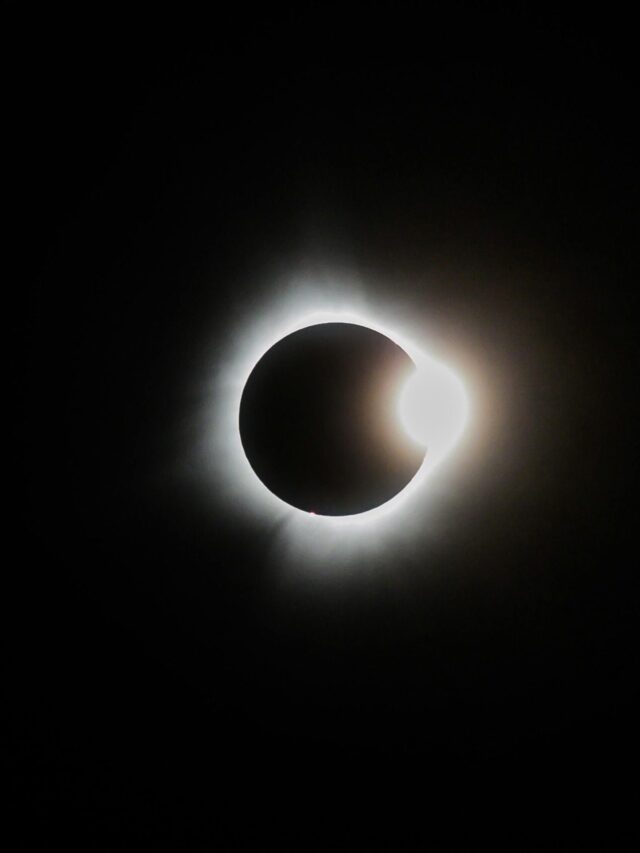
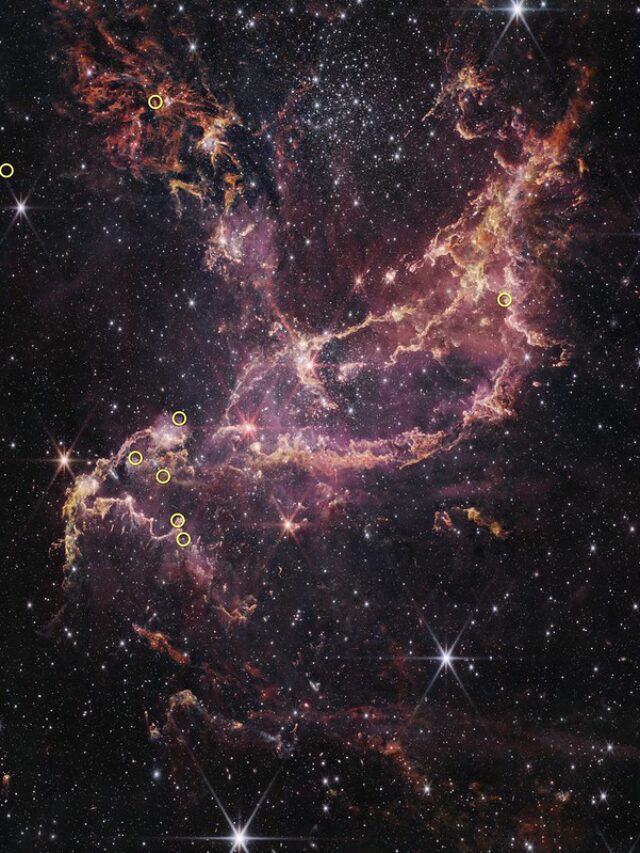
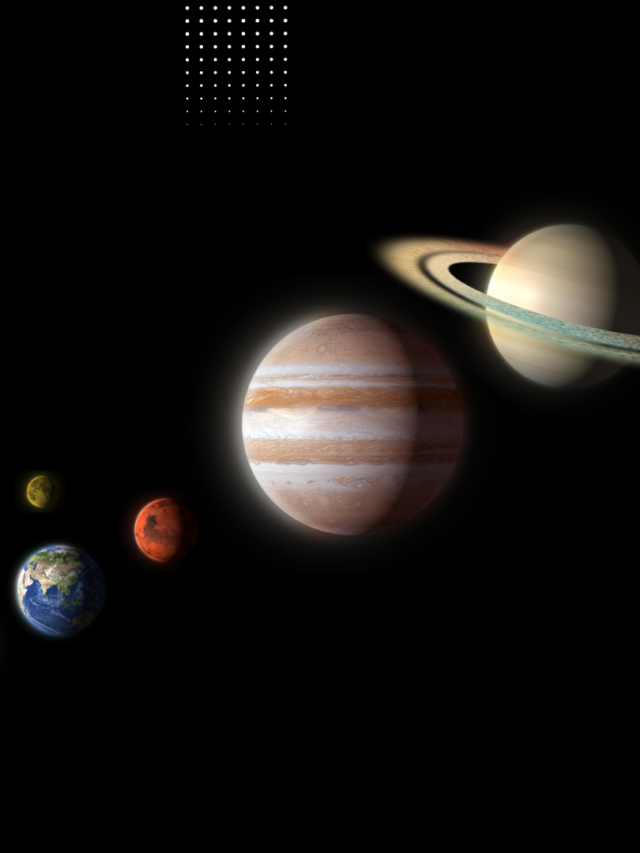

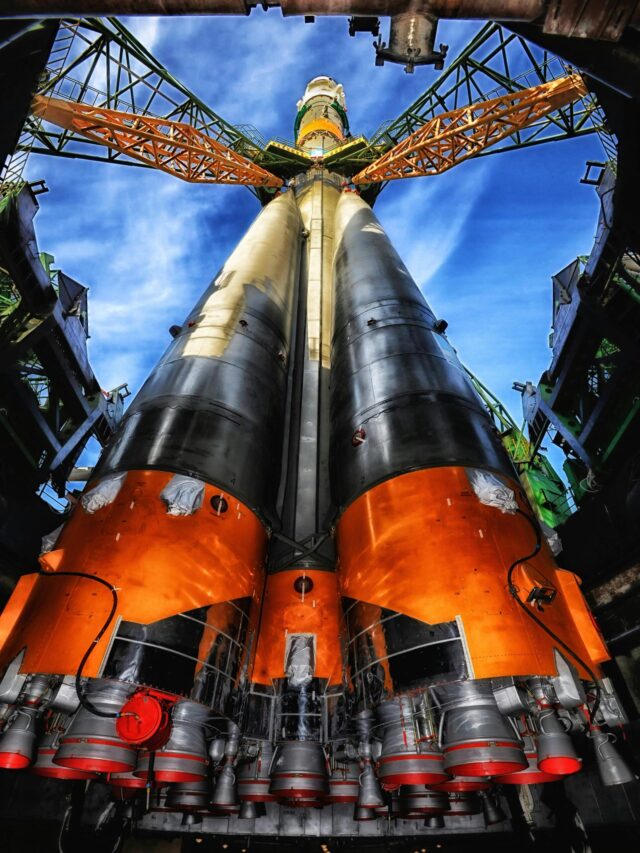


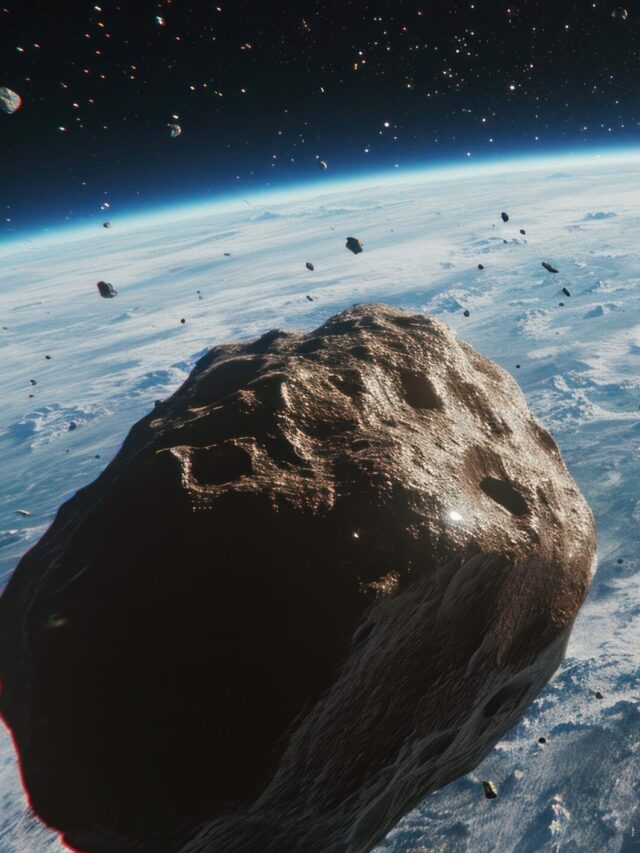
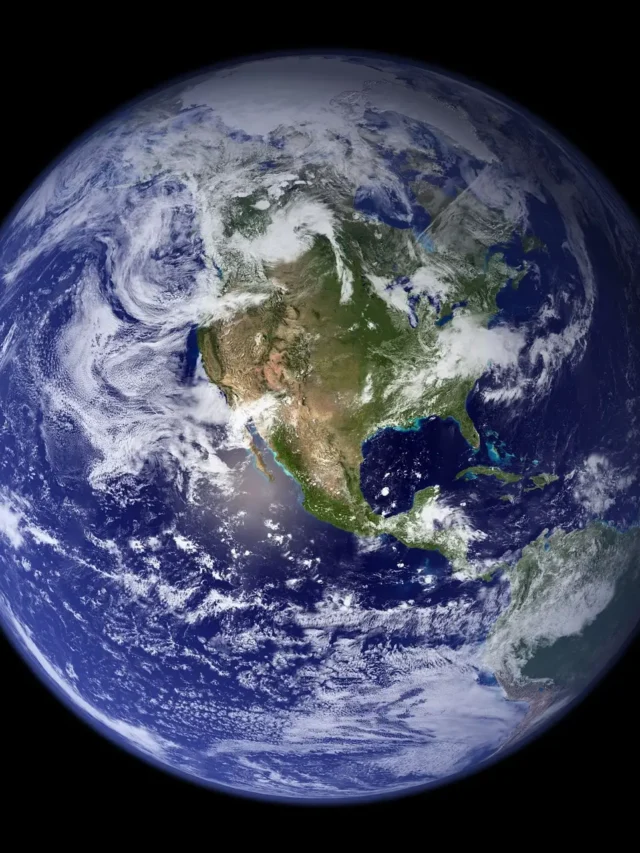

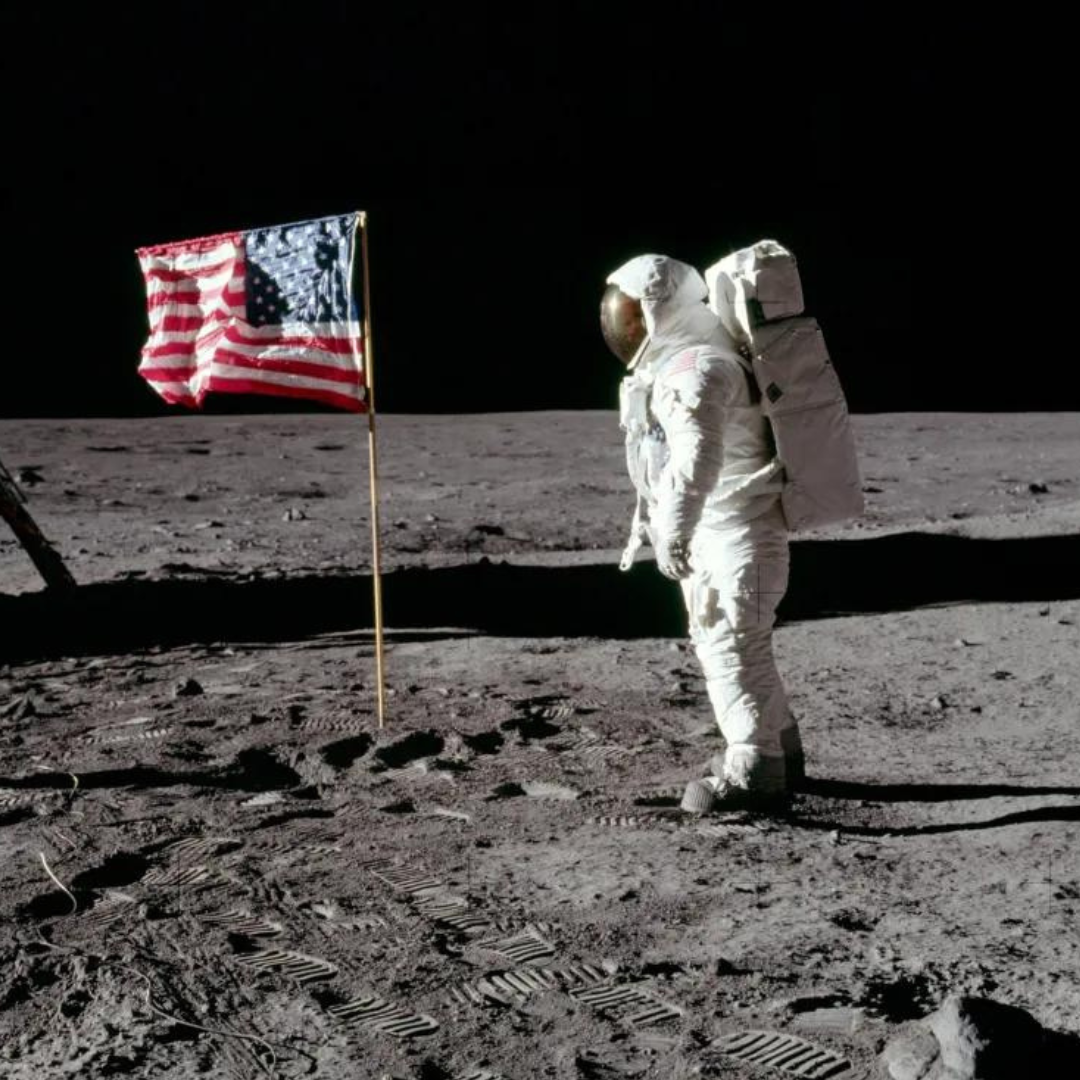


Pingback: Why Moon Orbit Earth? - astrobites